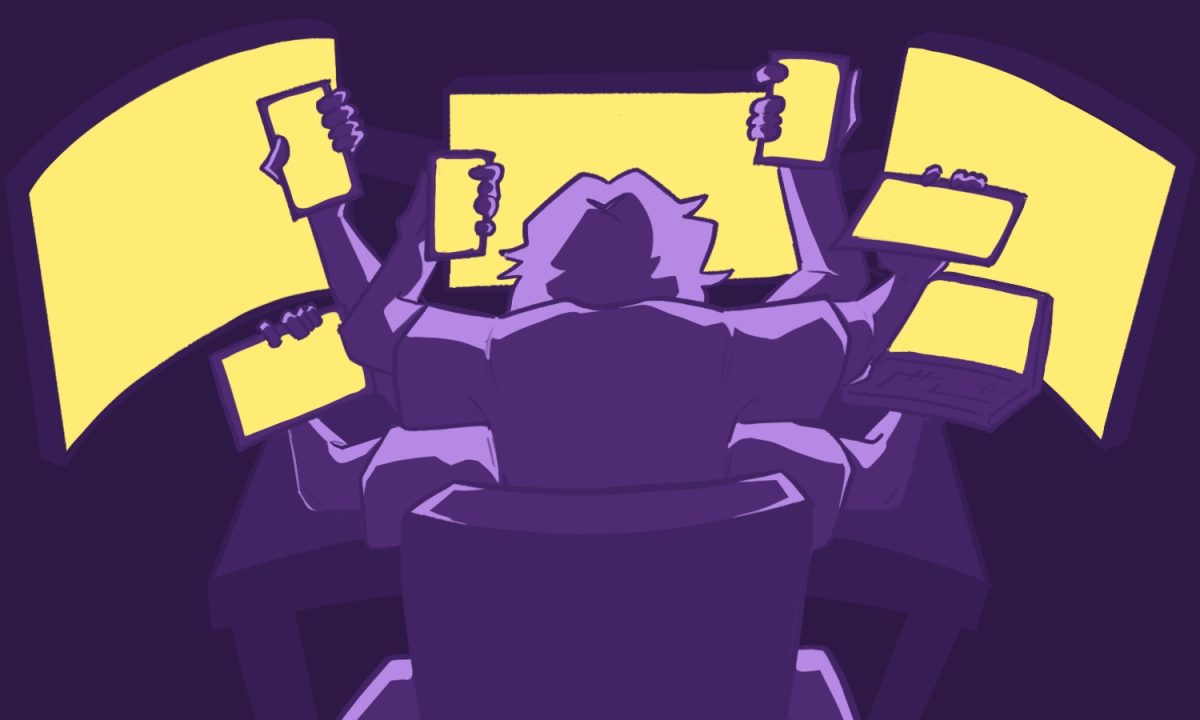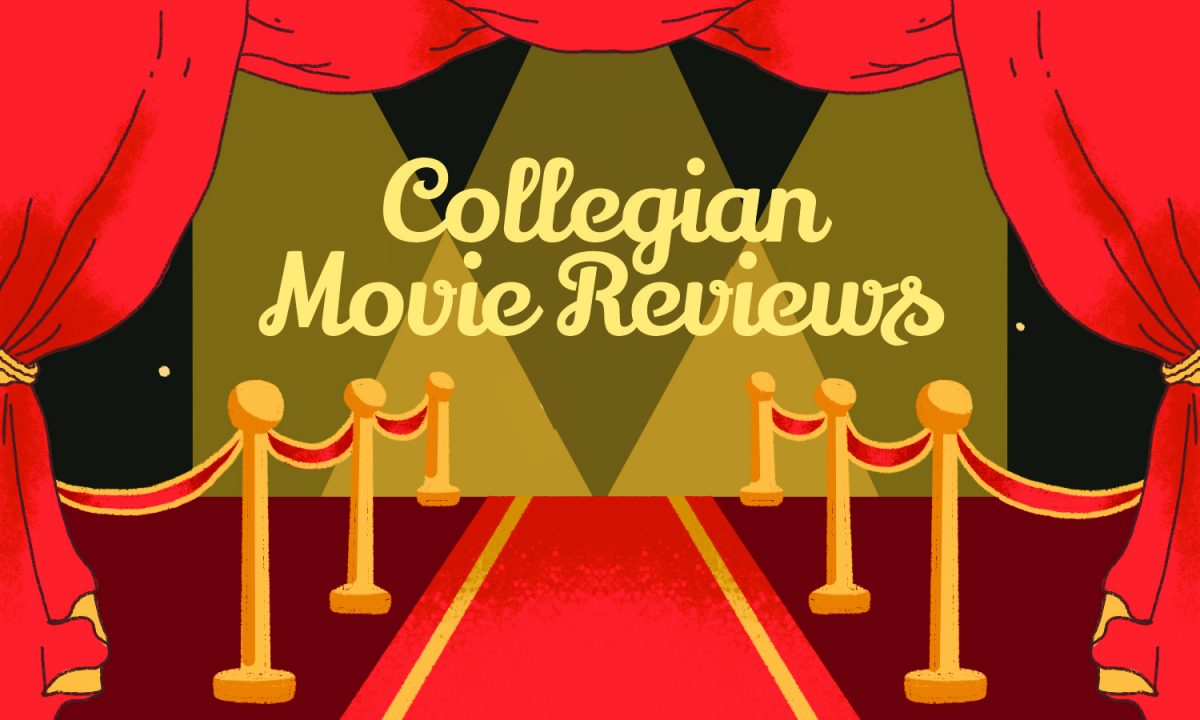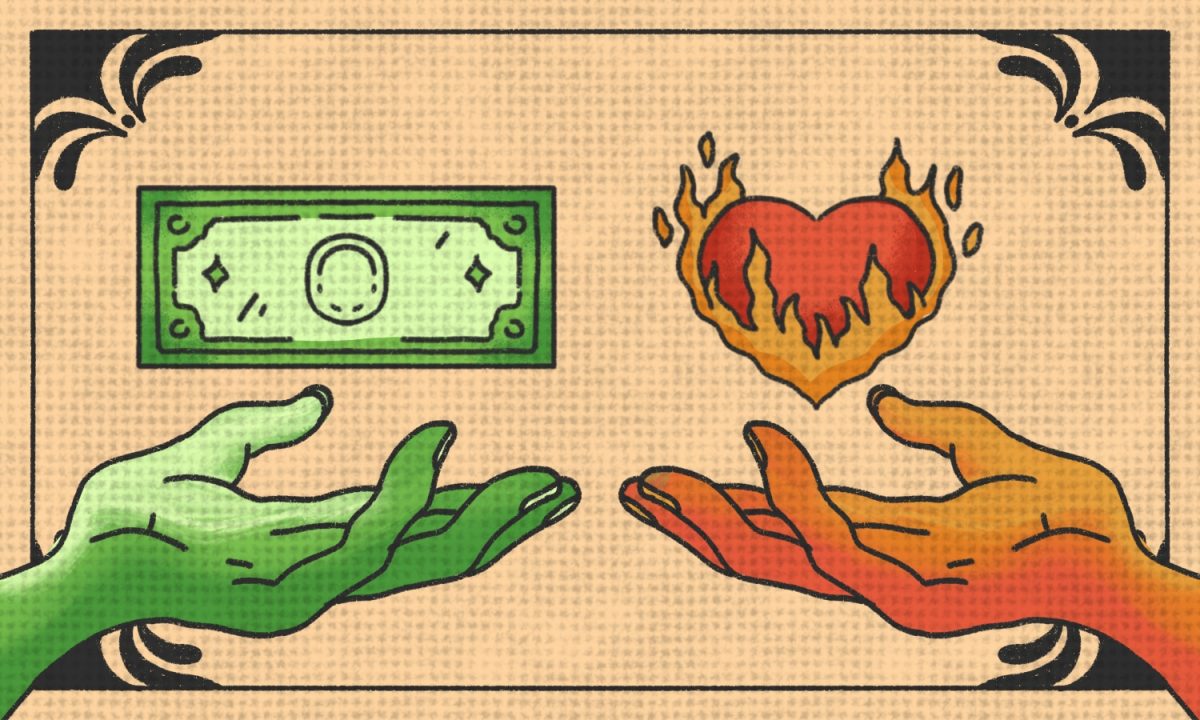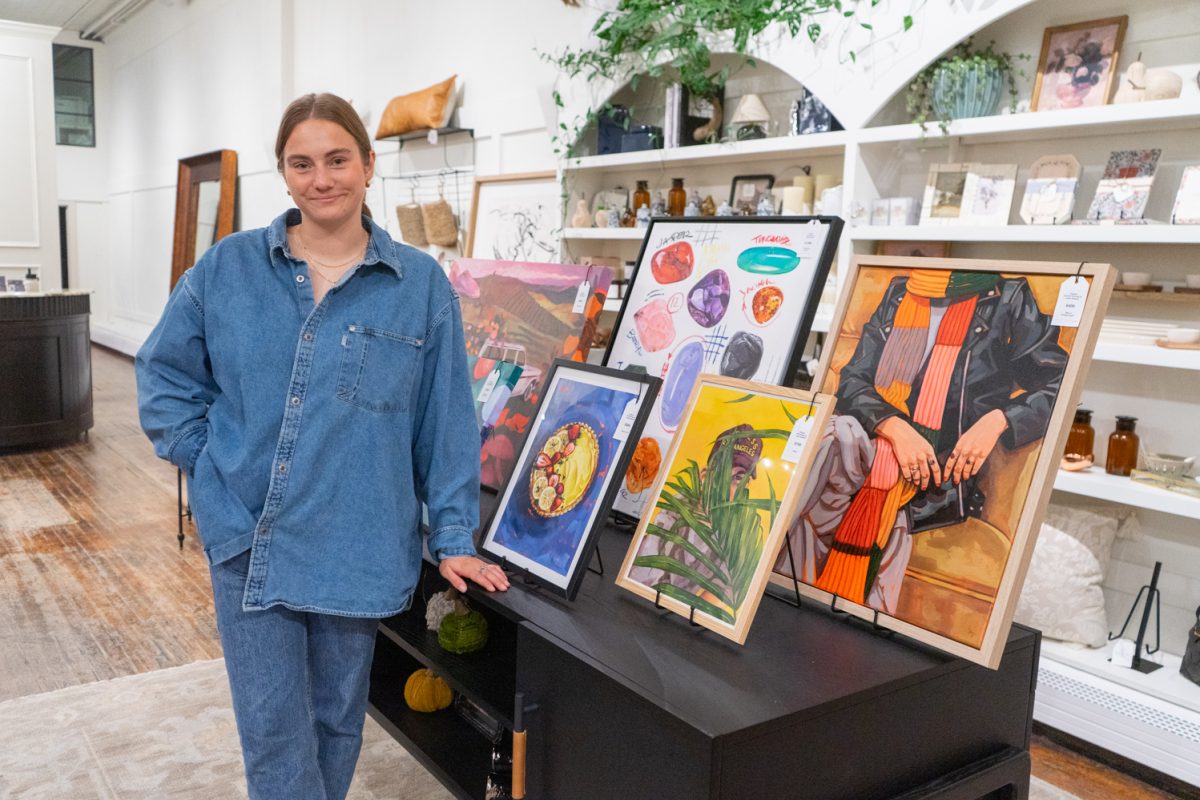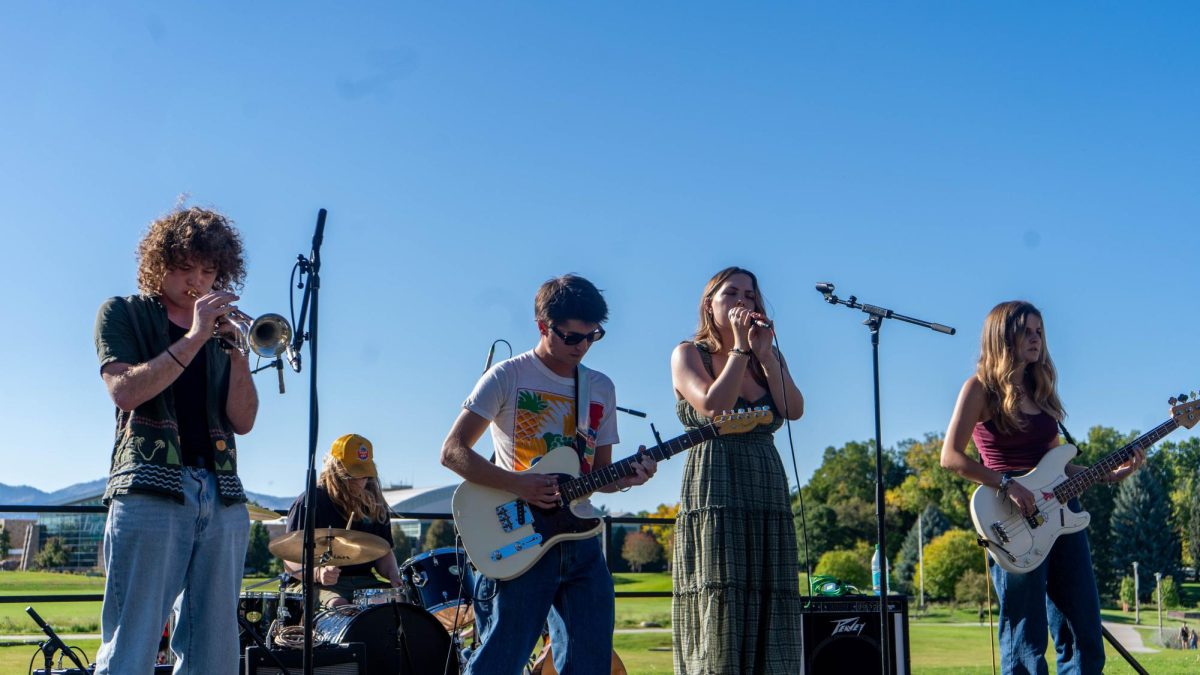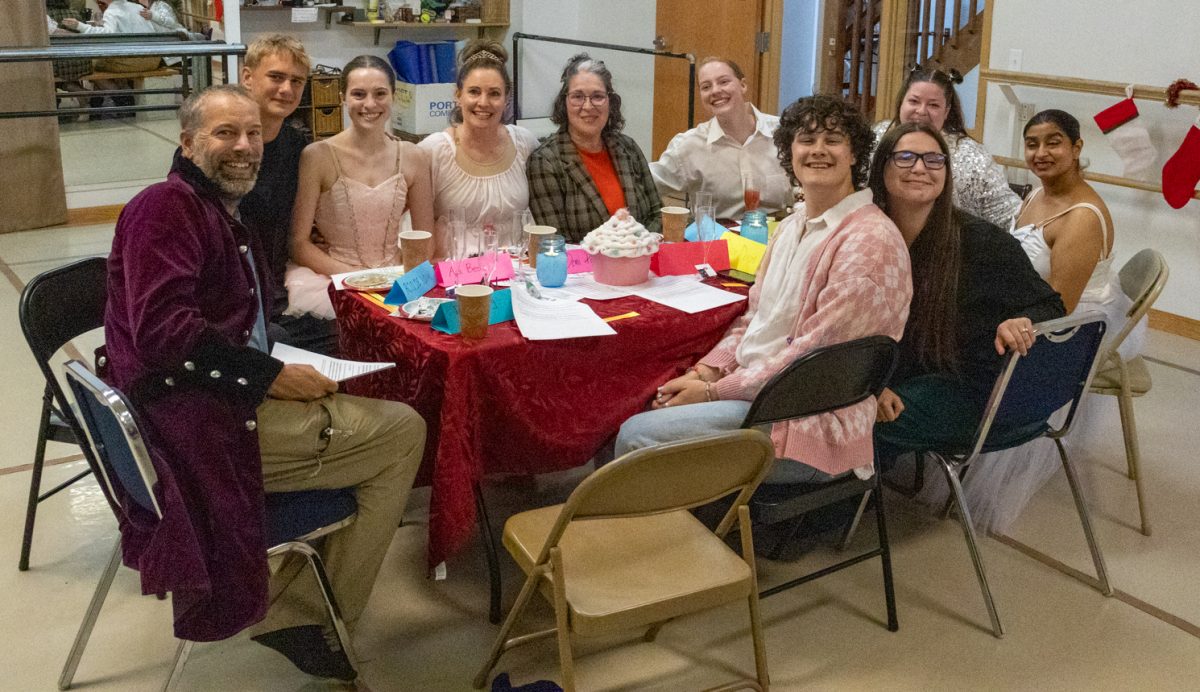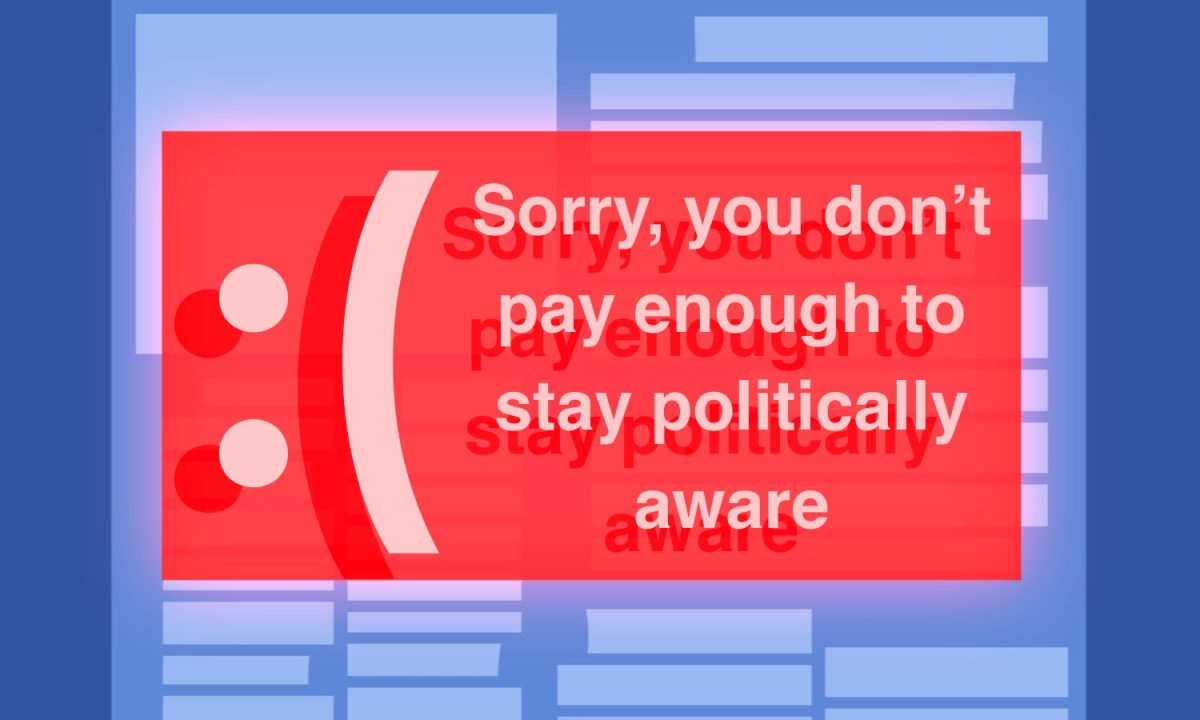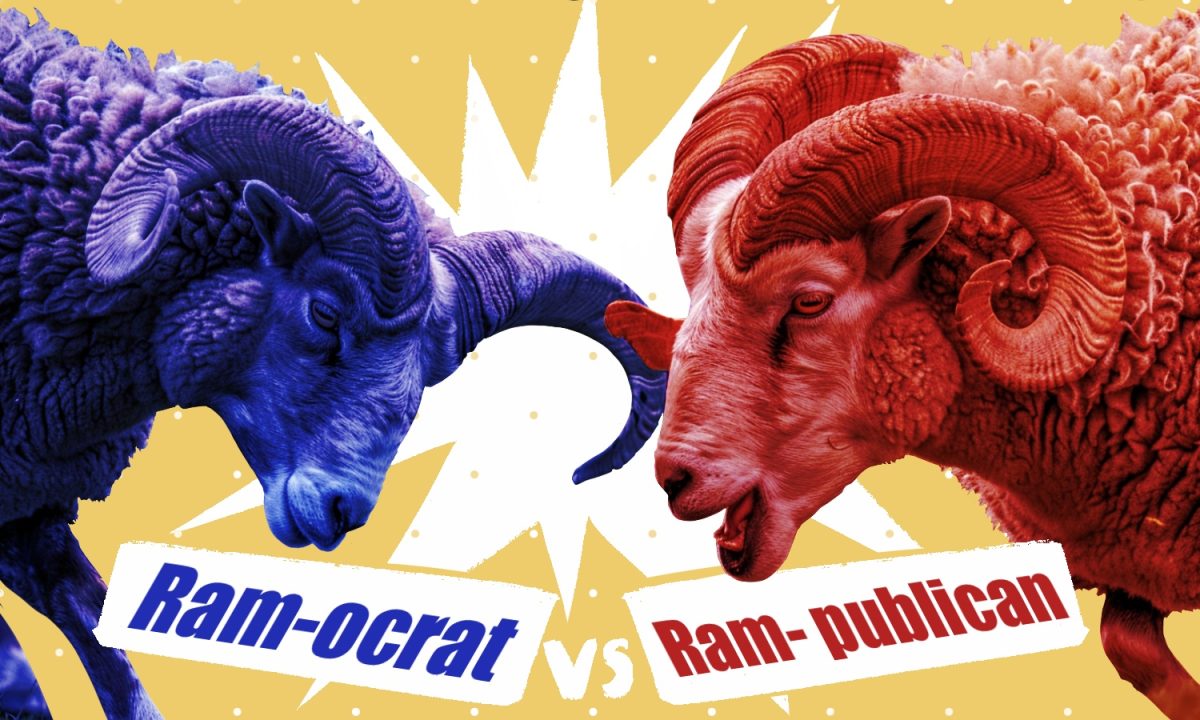The rise of short-form content has completely changed how we consume media, entertainment and even news. Not that long ago, people carved out hours for TV shows, novels and movies. Now? Most of us are glued to TikTok loops, Instagram Reels and YouTube Shorts. And it’s not just about shorter attention spans; it’s about how people want to connect with stories today.
Short-form content is quick, snackable and dangerously addictive. For a lot of people, it’s the first stop when they want entertainment or a sense of community.
Take music. Back in the day, you’d discover songs on the radio, maybe even sit through a whole album. Now a track can live or die based on whether 15 seconds of it goes viral. Lil Nas X’s song “Old Town Road” is the textbook example. It didn’t blow up because of radio or MTV-level music videos. It went viral because people couldn’t stop looping a tiny snippet for cowboy memes and dance challenges. That little loop was enough to take the song to No. 1 on Billboard and keep it there for 19 weeks. The crazy part? Tons of people didn’t even know the whole song, only “the bite.” It seems that in 2025, a chorus is worth more than an album.
Creators know this, too. Musicians are front-loading songs so the hook hits before you can swipe. Comedians trim their sets into tight 30-second clips. Movie studios chop trailers into memeable one-liners or three-second reaction shots. More and more, the bite comes first, and the art itself is shaped around the chance at becoming viral.
For audiences, it’s both exhilarating and exhausting. The endless feed means there’s always something new — fresh jokes, songs or minidramas — playing on your screen with every flick of the thumb. But it comes with a side effect people now casually call “brainrot.”
After an hour of swiping through hundreds of fragmented clips, the mind feels overstimulated and undernourished — the way you might after eating a bag of cookies and calling it dinner. Long-form content suddenly feels harder to focus on. Watching a movie feels too long. Reading a book feels like work. Entertainment turns into quantity over quality, with algorithms force-feeding the next clip before you’ve even processed the last.
This shift reflects more than just habit; it’s reshaping the very logic of culture. Short-form spreads fast because platforms are designed to push it beyond a creator’s immediate circle. Anyone with a phone has the chance to reach millions of users in hours — something that once required entire PR teams or media companies.
The democratization is real: Barriers to enter music, film, comedy and even journalism have begun to crumble. A teenager in a bedroom now competes — often successfully — with Hollywood studios and record labels.
Critics are not wrong to point out the trade-offs. You cannot explain climate change in 30 seconds. A viral sound bite from a politician rarely gives the full story. And making everything algorithm-friendly can flatten nuance. But writing off short-form as “lesser” misses the point. Packing meaning, humor or emotion into 60 seconds is its own kind of art. A haiku isn’t a novel, but it can still hit just as hard. The same is true with a well-made clip.
And no, long-form isn’t dying. People still binge entire seasons, get lost in novels and tune into three-hour podcasts. But increasingly, the gateway to those longer works is a clip, a meme or a sound bite that floats across someone’s feed.
Short-form doesn’t just compete with long-form; it curates it, teases it and points audiences toward worthwhile media.
The age of the bite isn’t a passing phase; it’s the foundation of modern media. Whether you see it as a creative revolution or a brainrot factory, it’s here to stay. For better or worse, it’s rewiring the way we think, laugh, share and discover what matters in culture.
Reach Gigi Young at entertainment@collegian.com or on Twitter @CSUCollegian.



